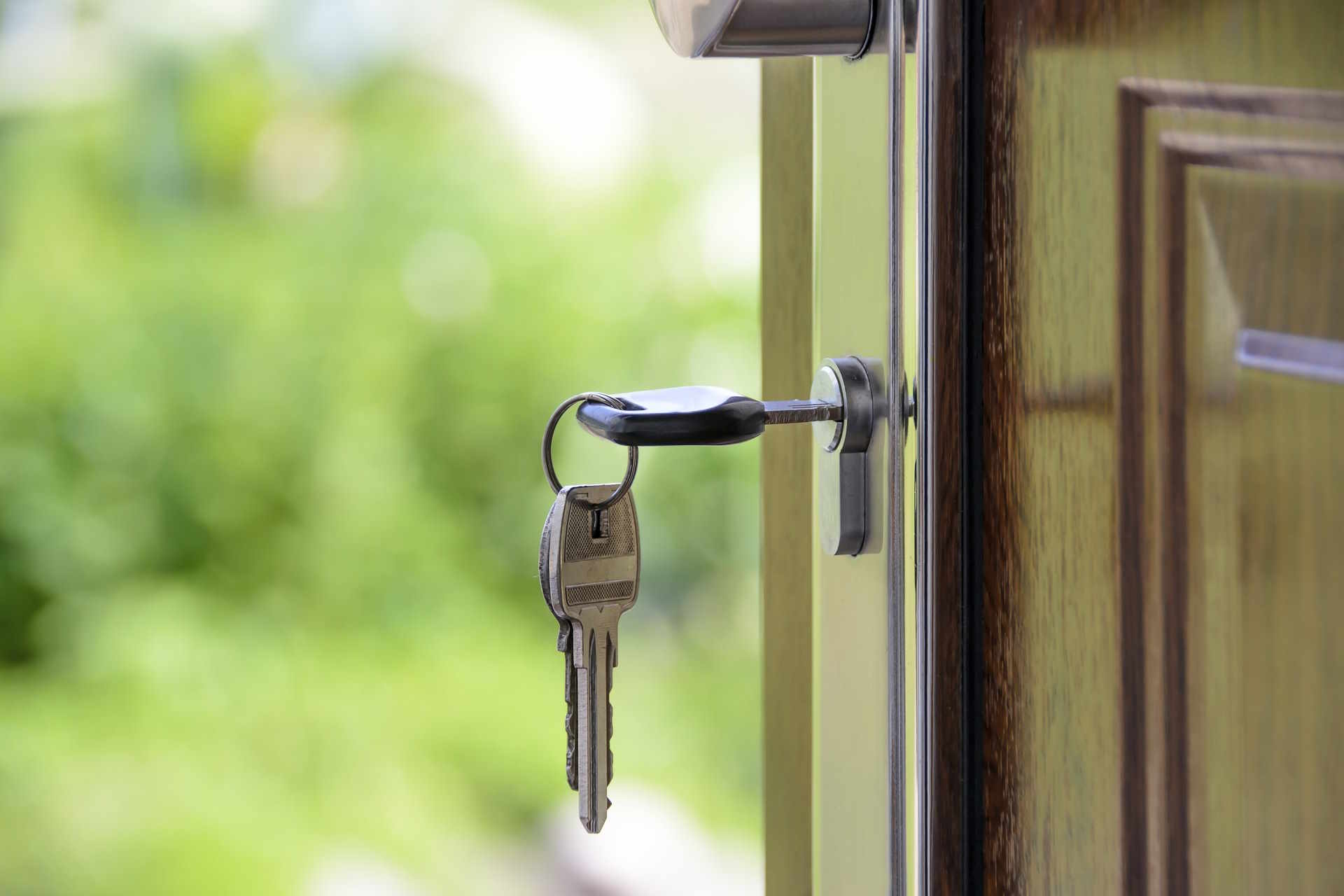Residential Automatic Doors: Trends and Installation Tips for 2025
As we approach 2025, the integration of technology into our homes continues to evolve, with automatic doors becoming increasingly popular in residential settings. These modern marvels offer convenience, enhanced security, and a touch of luxury to any home. In this article, we'll explore the latest trends in residential automatic doors and provide essential installation tips to help you seamlessly incorporate this technology into your living space.
What are the latest trends in residential automatic doors?
The world of residential automatic doors is rapidly advancing, with several exciting trends emerging for 2025. Smart integration is at the forefront, allowing homeowners to control their doors through smartphones or voice commands. Energy-efficient designs are gaining traction, featuring improved insulation and sensors that minimize unnecessary opening and closing. Aesthetically, sleek and minimalist styles are popular, with doors that blend seamlessly into the home’s architecture. Additionally, biometric access controls, such as fingerprint or facial recognition, are becoming more common in secure automatic doors.
How do modern automatic doors enhance home security?
Secure automatic doors are a game-changer for home security. Advanced locking mechanisms, often integrated with smart home systems, provide robust protection against intrusion. Many models now incorporate multi-point locking systems and reinforced materials that resist forced entry. Real-time alerts sent to homeowners’ devices notify them of any unauthorized access attempts. Some secure automatic doors even feature built-in cameras and two-way communication systems, allowing residents to monitor and interact with visitors remotely.
What are the energy-saving benefits of automatic doors?
Modern automatic doors contribute significantly to energy efficiency in homes. Equipped with advanced sensors, these doors open and close quickly, minimizing heat loss or gain. Many models feature double or triple-glazed panels with low-emissivity coatings, further improving insulation. Some automatic doors can be programmed to open partially during certain times, reducing energy waste. Additionally, integration with smart home systems allows for optimized operation based on occupancy and climate conditions, leading to reduced heating and cooling costs.
How can automatic doors improve accessibility in homes?
Automatic doors are invaluable for improving home accessibility, particularly for individuals with mobility challenges or disabilities. These doors eliminate the need for manual operation, making it easier for people using wheelchairs, walkers, or those carrying heavy items to enter and exit. Many modern automatic doors feature adjustable opening speeds and widths to accommodate different needs. Some models also incorporate low-threshold designs, further enhancing accessibility by minimizing tripping hazards and allowing smooth transitions between spaces.
What are some interesting features of modern automatic doors?
Modern automatic doors come with an array of fascinating features that go beyond basic functionality. Some models offer customizable glass panels that can switch from transparent to opaque for privacy. Others incorporate built-in air curtains to maintain indoor temperature when the door is open. There are even doors with integrated air purification systems, contributing to improved indoor air quality. For tech enthusiasts, certain automatic doors can display information like weather forecasts or home energy usage on embedded screens.
How much do residential automatic doors typically cost?
The cost of residential automatic doors can vary significantly based on factors such as size, materials, features, and installation complexity. Here’s a general overview of automatic door prices for different types:
| Door Type | Features | Estimated Price Range |
|---|---|---|
| Basic Sliding Automatic Door | Standard sensors, aluminum frame | $2,000 - $4,000 |
| High-End Sliding Automatic Door | Smart integration, energy-efficient glass | $4,000 - $8,000 |
| Swinging Automatic Door | Single panel, basic features | $3,000 - $5,000 |
| Bi-Fold Automatic Door | Multi-panel, space-saving design | $5,000 - $10,000 |
| Security-Focused Automatic Door | Reinforced materials, advanced locking | $6,000 - $12,000 |
Prices, rates, or cost estimates mentioned in this article are based on the latest available information but may change over time. Independent research is advised before making financial decisions.
When considering the installation of an automatic door, it’s essential to factor in additional costs such as professional installation, which can range from $500 to $2,000 depending on the complexity of the project. Regular maintenance and potential future repairs should also be considered in the overall budget.
What are some key installation tips for residential automatic doors?
Installing a residential automatic door requires careful planning and execution. First, ensure your home’s electrical system can support the door’s power requirements. It’s crucial to accurately measure the door opening and consider any structural modifications that may be necessary. Proper weatherproofing is essential to maintain energy efficiency and prevent water infiltration. When installing secure automatic doors, pay special attention to the integration with existing security systems. Always hire a certified professional for installation to ensure safety and compliance with local building codes. Lastly, consider the door’s placement in relation to your home’s layout to maximize convenience and functionality.
In conclusion, residential automatic doors are set to become a staple in modern homes by 2025. With advancements in technology, security, and energy efficiency, these doors offer numerous benefits for homeowners. By understanding the latest trends, costs, and installation considerations, you can make an informed decision about incorporating this innovative feature into your home.
The shared information of this article is up-to-date as of the publishing date. For more up-to-date information, please conduct your own research.





